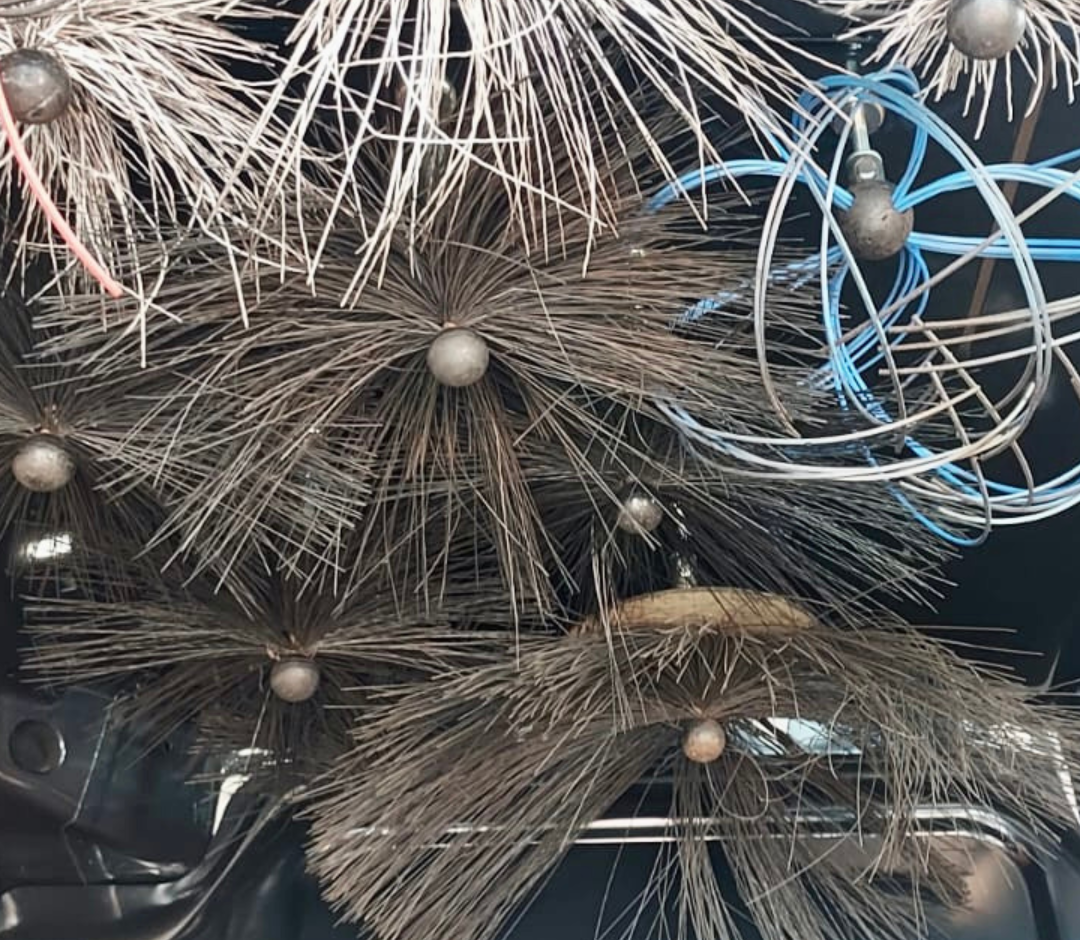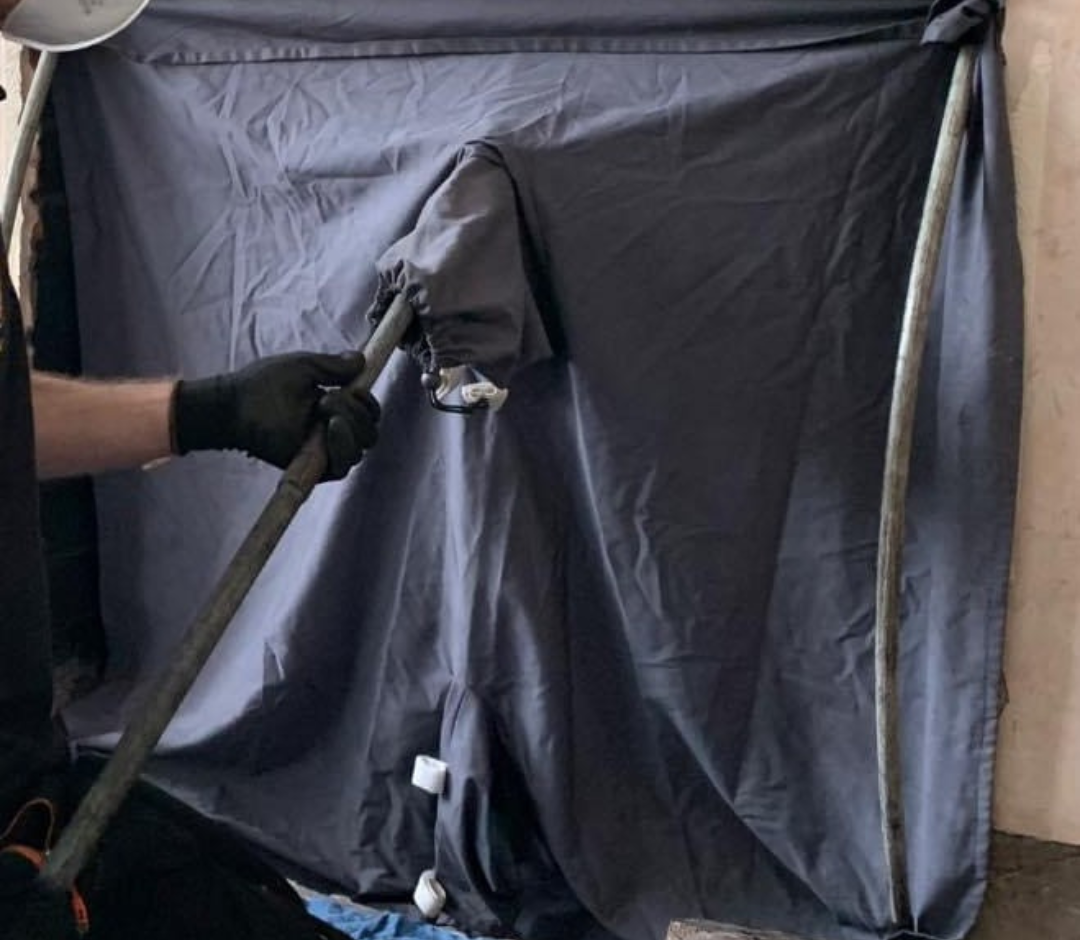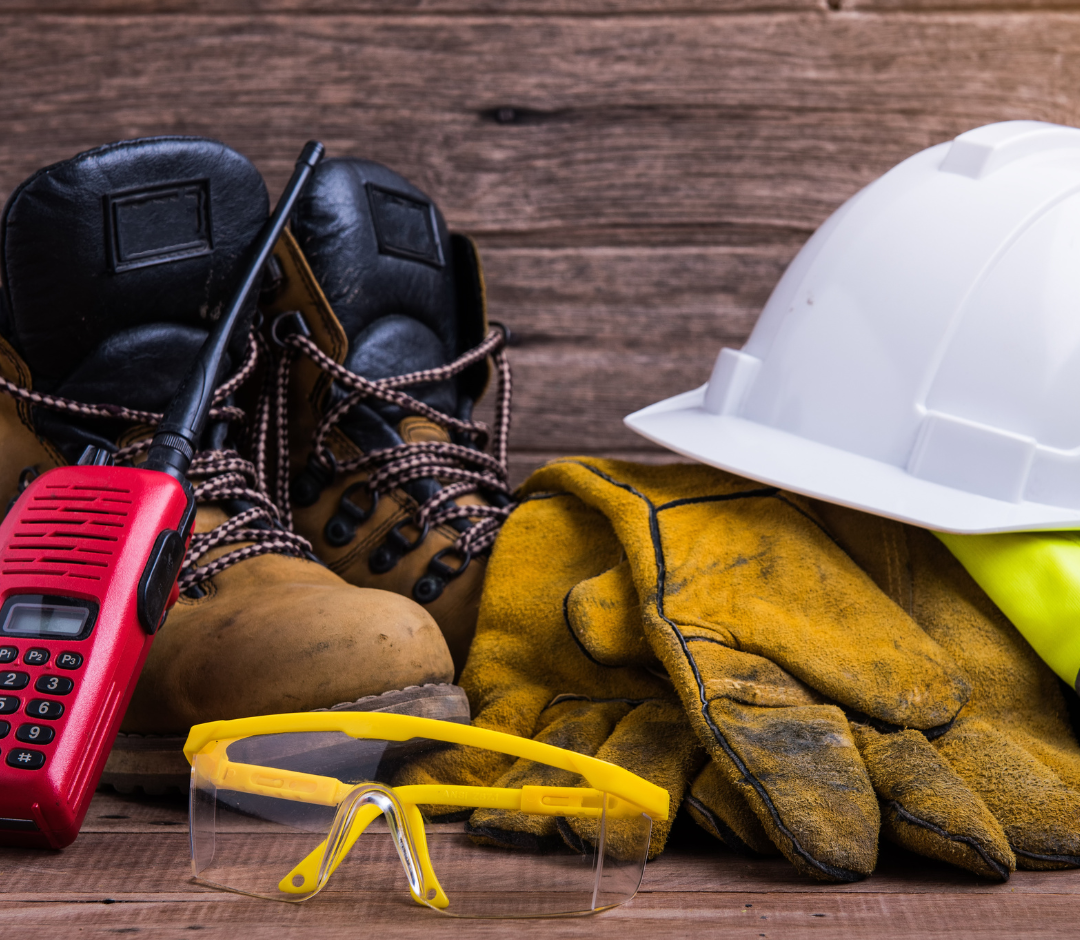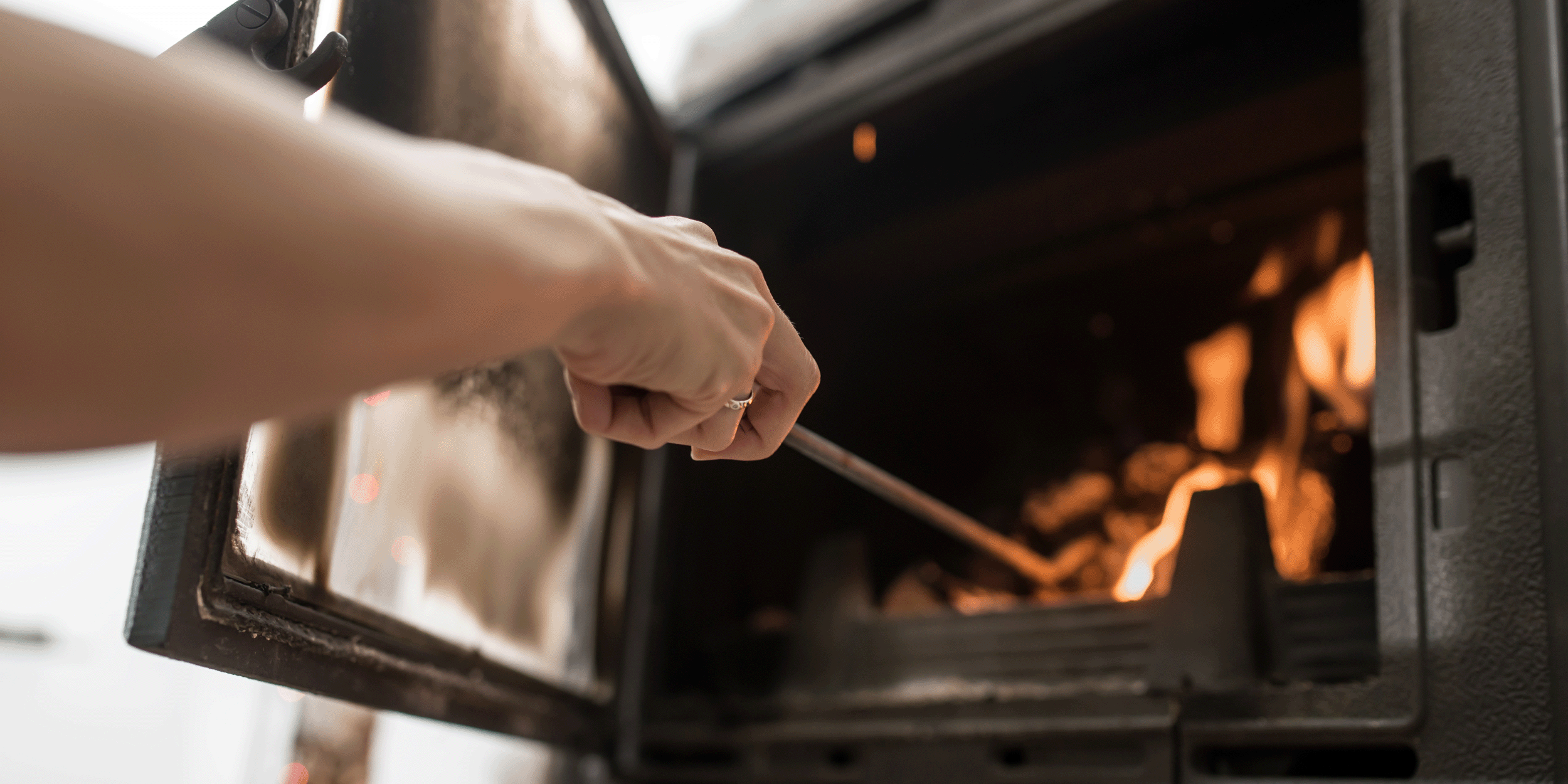Chimney sweep equipment – everything you need to sweep a chimney
HETAS Approved Chimney Sweeps come equipped with the wide variety of tools needed to tackle any sweep. Every chimney and every blockage is different – not every chimney can be swept in the same manner, so it is necessary for chimney sweeps to carry a range of rods, brushes, and safety equipment to ensure your chimney is safe and efficient. Getting your chimney routinely swept will save you money and keep your home safe from chimney fires and carbon monoxide poisoning.
Chimney sweeping tools
Chimney rods
A wide range of well-kept rods are essential for all sweeps. Having an assortment of lengths means even the tallest of chimneys can be swept.
- Flexible chimney rods are usually made of nylon; these rods are capable of navigating 45° and 90° bends in flues, making them ideal for sweeping lined and twin-walled flue systems.
- Rigid chimney rods are suited for sweeping solid and masonry lined chimneys (but not for lined flues as they can tear through the lining); the wider the diameter, the more rigid the rod.
Chimney brushes

The core of every sweep’s kit is the chimney brush. Sweeps will have an array of brush sizes, materials, and hardnesses, allowing them to sweep all types of chimneys.
- Wire brushes are most suitable for masonry chimneys with clay flues; the bristles damage stainless steel flue liners and can void the warranty.
- Polypropylene brushes are used for stainless steel flue liners as they are minimally abrasive whilst sweeping.
Power sweeping whips
Consisting of a number of thick nylon strands, power sweeping whips allow for a more robust clean through centrifugal force. A wide selection of whip sizes allows for a range of flue sizes to be swept effectively.
Rotary chain
A rotary chain is a power sweeping attachment used to vigorously sweep stubborn creosote deposits when all else has failed. Rotary chains are only used in clay liners – use in a rendered flue would cause irreparable damage.
Bird nest removal tools
There are a number of different attachments that assist with removing bird nests that are stuck in a chimney. Your sweep will likely have a few variations of this to assist with any difficult nest removals.
Camera equipment
Many sweeps have adopted specialised chimney inspection cameras – these allow for a thorough inspection that is especially useful for difficult flues where a torch doesn’t cut it. Chimney inspection cameras also allow for customers to see the inspection themselves following the sweep.
Percussion/combination drill
A cordless percussion drill (usually 18V with a 5.0Ah battery) is used when power sweeping; the drill is attached to the chimney rod through a chuck adaptor. The higher RPM that the drill achieves, the stronger the sweep.
Dust sheets
Helping to eliminate a mess of soot and dust on your carpet, dust sheets are a core piece of equipment. Whilst a vacuum tackles most debris, dust sheets are an added layer of protection that make the process of having your chimney swept as free of mess as possible.
Chimney sponges and sheeting
Every sweep has their own preference with how to block off the chimney opening during the sweep to keep your house tidy:

- Sweeping sheets with a section for the chimney sweeping rod and vacuum come in a variety of sizes and act as a barrier to prevent soot and dust escaping.
- Foam blocks fit into the opening, effectively sealing off the entrance whilst having a vertical cut that allows for the chimney sweeping rod and vacuum hose to be inserted.
- Plastic sheeting lets sweeps see the material fall as they sweep; clear sheets with openings for the chimney sweeping rod and vacuum are held in place with magnets or tape to prevent soot escaping.
Creosote and tar removal kits
Creosote and tar deposits left in the flue for a long period of time harden and gain adhesiveness, making them incredibly difficult to sweep away – even when power sweeping. By using a chemical creosote removal kit, the adhesiveness can be reduced and the remaining weakened creosote can be swept away.
Flue draught gauge
Used to measure static pressures and gas flow, a flue draught gauge allows your sweep to determine if your appliance is burning efficiently and diagnose and problems with your chimney system. Flue draught intensity is measured in Pascals (Pa) to determine if your flue draught is in the optimum range.
Smoke pellets
Smoke pellets are utilised to easily spot structural issues with your chimney system. The pellets are lit and then added to a warmed flue, causing them to emit a clearly identifiable smoke. If this smoke is seen leaking from your chimney system, such as the brickwork, it is possible that there are issues that need to be addressed.
Personal protective equipment (PPE)

PPE is essential; appropriate mask and eye protection protects your chimney sweep’s health whilst they sweep. If your sweep requires access to your roof, they will also use the appropriate footwear, harnesses, and head protection to ensure their safety.
- Respiratory protective equipment (RPE) may be necessary when sweeping large deposits; RPE provides additional protection compared to a standard face covering.
Vacuum
A chimney sweep’s vacuum is integral to keep the sweep quick, clean, and safe. The fallen dust, soot, and other residue is safely contained by the vacuum, eliminating any mess and respiratory concerns. To find out more about chimney sweep’s vacuums and what differentiates them from your household vacuum, click here.
Your HETAS Approved Chimney Sweep will know what tools are right for your chimney and will ensure the sweep is done correctly, efficiently, and safely. Make sure you Book a Sweep to keep your chimney clear of build-up and your appliance running optimally.



